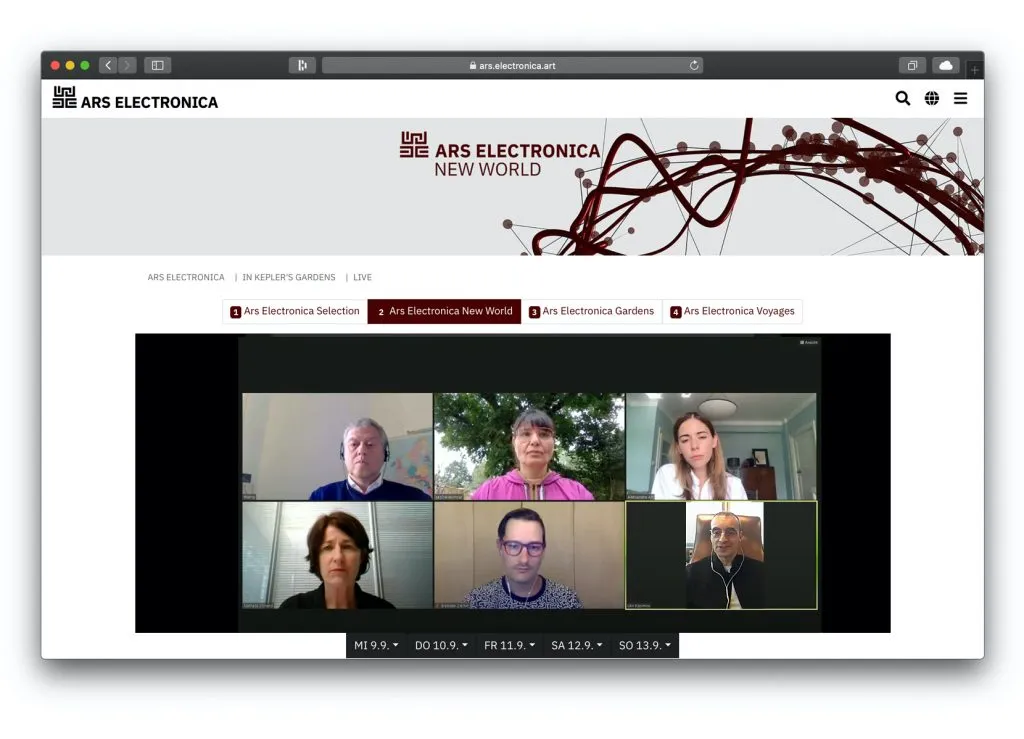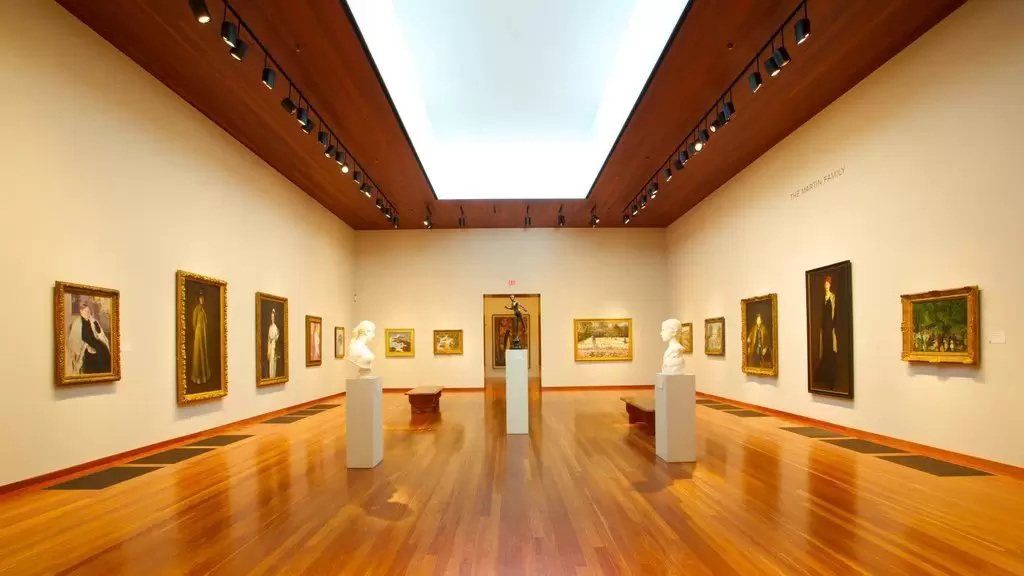Ars Electronica X .art Domains: How to Bring Technology and Money Closer to the Cultural Industry
.art Domains was invited to participate in the online panel “Business Models for Online Contents” as part of the Ars Electronica 2020 and its online arm. The panel investigated how platform-based access to online content can be monetised. The programme was part of the Digital Cross Over project led by the IMZ, and co-funded by the Creative Europe Programme.


While you can view the full panel on the Ars Electronica channel, we extracted some of the key points made by .art Domains Founder in the discussion.
How can the business models presented develop among the cultural industry, and what can the cultural organisations learn from these endeavours? How can other sectors benefit?
.art Founder Ulvi Kasimov shared his insights:
There are several challenges bringing technology and money to the cultural industry because it’s not a real industry. It is a sector of our life. But if we would compare the art environment with another industry it’s not the same. Why? Because initially and fundamentally the cultural organisations weren’t founded as a something, which should earn money or develop some technology. So it’s very unusual if any museum has a very trained IT team. And it shouldn’t.
My understanding is that we’re creating simple instruments to make that hurdle lower than it is now. That point is common for our business models. And even though our models are different, they nevertheless share the goal in making the technological hurdles for the arts institutions lower.

How .ART Domains Are Taking Artists Online Read More How to register a business email on .ART Read More Portfolio on .ART: How to showcase your creative work in 4 simple steps Read More
My vision is that the most important thing inside of the cultural world is the information. The explanation as to why is simple: generally content is information. And again, the question is how to preserve that information? How to enjoy it at home? How do we avoid jeopardising ownership of that information from one side, and yet from another side allow a wide access to the market and its players. Players like Sabina and Brendan, who’s developers can use that information and give the valuable solutions to the cultural world for free. Because monetisation comes from customers, not museums the themselves.
Also an insightful read on the topic, an article recently published in the New Yorker “How Can We Pay for Creativity in the Digital Age?” by Hua Hsu.





